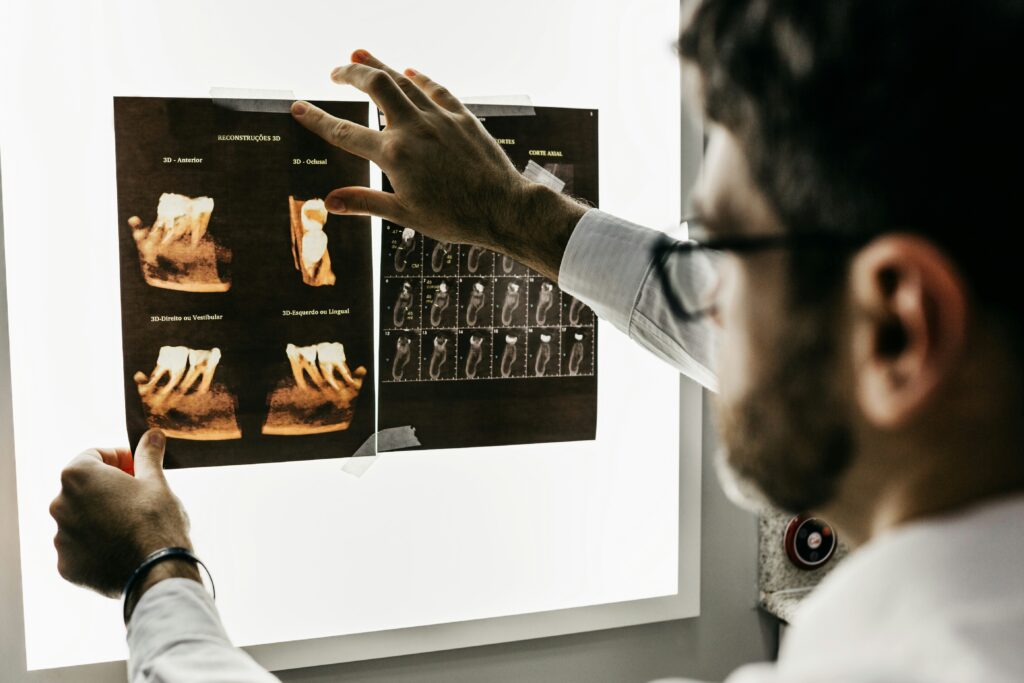
Stroke remains a significant global health challenge, ranking as a leading cause of death and disability. Affecting one in four people during their lifetime, a stroke occurs when blood vessels in the brain become clogged or damaged, severely impairing blood flow and oxygen supply. This deprivation leads to the death of neurons and other vital brain cells. While interventions to restore blood flow can limit brain damage, most stroke survivors face enduring impairments in speech, movement, or cognitive functions.
Despite the presence of immature stem cells in the brain, their role in post-stroke repair has been uncertain, leaving the brain’s recovery capabilities limited. However, a groundbreaking study from Kyoto University in Japan, led by Takakuni Maki, Ken Yasuda, and Kazuto Tsukita, has unveiled a promising development. The research, published in Stem Cell Reports, demonstrates that oligodendrocyte progenitor cells (OPCs)—a type of immature glial cell—can promote new blood vessel formation in the brain after a stroke under hypoxic conditions.
New Role for Oligodendrocyte Progenitor Cells
OPCs typically differentiate into oligodendrocytes, which form an insulating layer around axons to support neuronal function. However, the study reveals that under extremely low oxygen conditions, such as those present in stroke-affected areas, OPCs can alter their behavior. These cells begin to interact with blood vessels, stimulating their growth. This discovery was made when researchers exposed mouse OPCs in the laboratory to low oxygen levels simulating stroke conditions.
When injected into the bloodstream of mice with induced strokes, the OPCs migrated to the affected regions and survived there for several weeks. Notably, the low oxygen-conditioned OPCs were more effective in limiting brain tissue damage and partially restoring movement and behavior compared to unconditioned OPCs. This improvement is likely due to the extensive formation of new blood vessels, which is crucial for restoring oxygen and nutrient supply to brain cells.
Implications for Stroke Treatment
The findings from Kyoto University suggest a potential new avenue for stroke treatment. By harnessing the ability of OPCs to promote blood vessel growth, it may be possible to enhance recovery in stroke patients. However, further research is needed to confirm these results and assess the safety and efficacy of low oxygen-conditioned OPCs in human patients. Such treatments could potentially be used in conjunction with standard interventions to improve blood flow and re-oxygenation.
Expert Opinions and Future Directions
Experts in the field of neurology and stem cell research are cautiously optimistic about these findings. Dr. Emily Carter, a neurologist specializing in stroke rehabilitation, notes,
“The ability of OPCs to promote vascular growth in the brain is a significant step forward. If these results can be replicated in humans, it could transform the way we approach stroke recovery.”
Meanwhile, Dr. James Lin, a stem cell biologist, emphasizes the importance of continued research.
“While the results are promising, it’s crucial to conduct further studies to ensure the safety and effectiveness of this approach in clinical settings.”
About the Research Publication and ISSCR
Stem Cell Reports is the open access, peer-reviewed journal of the International Society for Stem Cell Research (ISSCR). The journal focuses on communicating basic discoveries in stem cell research, as well as translational and clinical studies. It aims to present original research with conceptual or practical advances that are of broad interest to stem cell biologists and clinicians.
The ISSCR, with nearly 5,000 members from over 80 countries, is the leading global organization dedicated to stem cell research and its clinical applications. The society’s mission is to promote excellence in stem cell science and its application to human health.
The discovery of OPCs’ ability to promote blood vessel growth post-stroke represents a potential paradigm shift in stroke treatment. As research progresses, the medical community remains hopeful that this breakthrough could lead to improved outcomes for stroke survivors worldwide.






